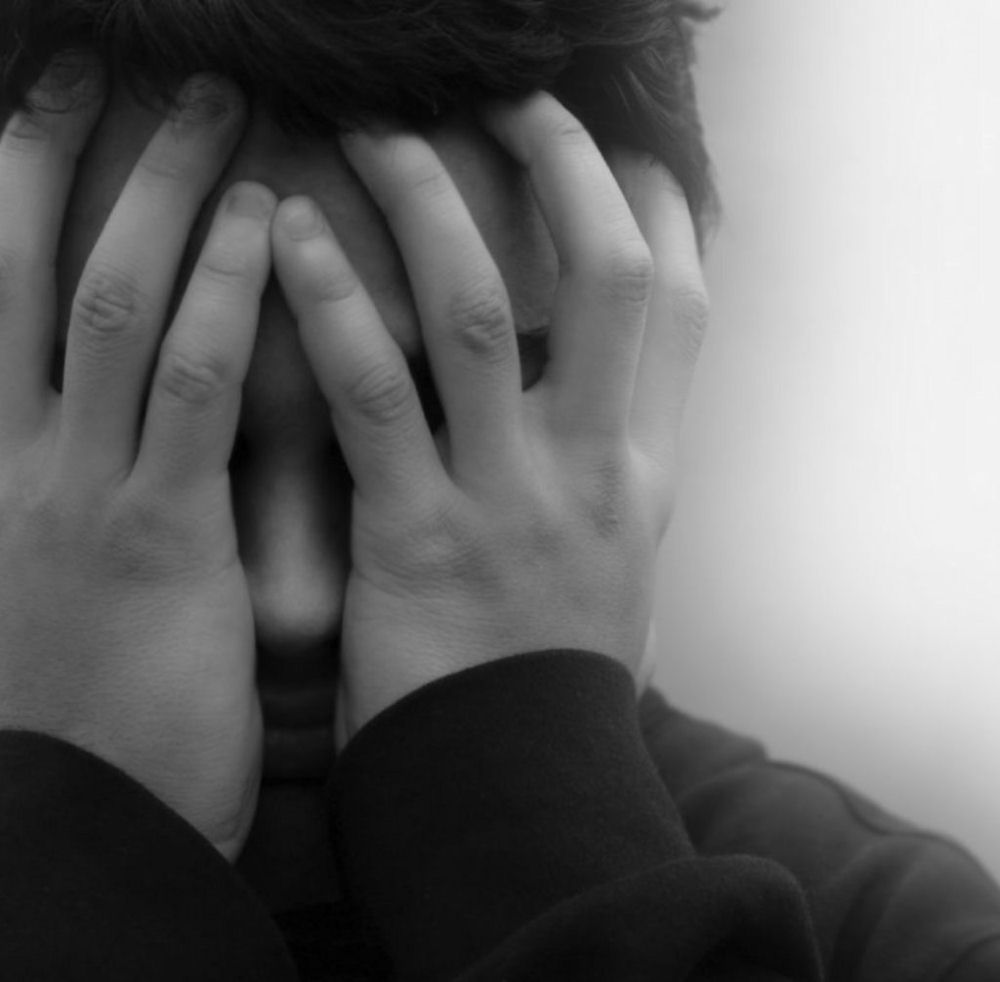Understanding the Diagnosis of PTSD
PTSD is a diagnosis that is still undergoing investigation. It seems to be deeply embedded into our understanding of consciousness itself, and requires further understanding.
Judith Herman, clinical psychology professor at Harvard University wrote one of the most meaningful books on Post Traumatic Stress Disorder (PTSD), Trauma and Recovery. Both patients of PTSD as well as clinicians can significantly gain from reading it. The book highlights the history of PTSD. And how the clinical community has responded to it over the years. Herman also includes Freud’s understanding and investigation of trauma, as well as the strong need to understand trauma after wartime.
PTSD in Teens and Young Adults
According to the Diagnostic and Statistical Manual of Mental Disorders (DSM), Teen PTSD is a mental illness experienced by someone who has experienced a traumatic event and, as a result, is experiencing symptoms of anxiety. The DSM outlines symptoms that include flashbacks, bad dreams, and frightening thoughts. An individual might also exhibit symptoms of avoidance. Such as staying away from certain places to avoid reliving the traumatic experience or forgetting the experience entirely. Symptoms of teen PTSD usually continue until a safe, therapeutic investigation of the traumatic event takes place and the individual is able to process and integrate the intense feelings associated with the trauma.
However, PTSD is a diagnosis that is still undergoing investigation. It seems to be deeply embedded into our understanding of consciousness itself, and requires further understanding. As a way to facilitate this understanding, in her book, Herman proposed Complex Post Traumatic Stress Disorder (C-PTSD), a version of the diagnosis found in the Diagnostic and Statistical Manual of Mental Disorders (DSM). However, her proposed diagnosis addresses the psychological effect on an individual who has had a series of traumatic events. Unlike the DSM, which outlines PTSD as a diagnosis for someone who has experienced a single traumatic event such as a natural disaster, rape, or car accident. These cases of PTSD are severe in and of themselves.
The Psychological Picture
Yet, when there is a series of trauma, such as repeated abuse, the psychological picture is much different. There is usually a more complex presentation of symptoms. Adding to the complexity, an individual who has experienced a series of traumatic events will often also have symptoms of other diagnoses. He or she might show signs of Depression, Obsessive-Compulsive Disorder, Borderline Personality Disorder, a Dissociative Disorder, or Social Phobia.
There are two major categories of individuals who might experience a series of traumatic events: children and veterans. According to the United States Department of Veteran Affairs, about 15% to 43% of girls and 14% to 43% of boys go through at least one trauma. Of those children and teens who have had a trauma, 3% to 15% of girls and 1% to 6% of boys develop PTSD.
Although the May 2013 edition of the DSM, published after Herman’s 1997 proposal of C-PTSD, made revisions to the diagnostic criteria of PTSD, it did not adopt Herman’s view. It did, however, differentiate PTSD from other anxiety disorders by creating the new category – Trauma and Stressor-Related Disorders. Other changes to the newest edition of the DSM include a clarification and more specific breakdown of PTSD symptoms and a separate diagnostic criteria for children 6 years and younger.
Typically, the symptoms of PTSD will reveal themselves differently among children, teens, and adults. For instance, some PTSD symptoms in teens begin to look like those of adults, and teens are more likely than younger children or adults to show impulsive and aggressive behaviors.

Conclusion
Although there have been many advancements to understanding the psychological effects of trauma, there is more to investigate in order to better treat and bring healing to the lives of children, teens, and adults.
Other Youth Mental Health Topics You May Find Helpful…
When Teen PTSD Requires Inpatient or Residential Treatment
There are some events that are so distressing, they leave long-term effects on the mind and heart of those who experience them. This is especially true for teens who are […]
Continue ReadingTeen Depression, Anxiety, PTSD and Their Neurological Connections
Mental health disorders are nothing to be ashamed of. They’re very common, and anybody can suffer from one. Mental health disorders like anxiety, depression, and post-traumatic stress disorder (PTSD) are […]
Continue ReadingAdolescent PTSD: What You Need to Know
Often, people unfamiliar with post-traumatic stress disorder (PTSD) associate the condition with adults, and specifically with military veterans. And while it isn’t uncommon for military veterans to experience PTSD as […]
Continue ReadingTraumatic Events Teens May Experience
If you think about traumatic events and post-traumatic stress disorder, you might not consider teenagers in the equation. Unfortunately, many teens do experience trauma in their young lives. This trauma […]
Continue Reading